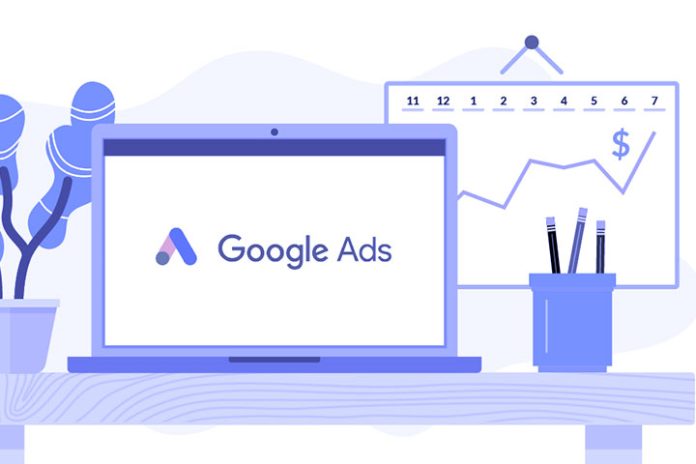Google is constantly seeking to improve and optimize our experience with its Google Ads advertising service. With this in mind, they have developed numerous features over the years to understand better, predict, and improve results. This is how the AAR for “Automatic Application of Recommendations” (originally “Auto Applied Recommendations” in English) was born. Although promising, it also presents certain risks that advertisers must understand. This is what we will detail in this article.
Understanding Google Ads optimization rate and recommendations
Before exploring the details of AAR, it is crucial to understand the Google Ads account optimization score system (or “Optimscore” in Google terminology), a quality score assigned to each Google Ads account to measure its effectiveness. As well as the system of recommendations provided by artificial intelligence to improve it.
Opti Score is calculated based on various variables, such as specific campaign settings, ad quality, targeted audiences, bidding strategies, etc. On the Google Ads platform, it is possible to view this optimization rate at the campaign level, for example, by displaying the column of the same name in the “Campaigns” report.
It is also possible to obtain this score at the account level by going to your Google Ads account’s “Recommendations” tab. According to Google, this allows you to have both an overview of the account and a breakdown of the campaign to identify the main areas for improvement.
Therefore, in this same report, we find AI recommendations to increase its optimization rate. They are also organized by category around the elements analyzed for Optiscore: auctions, budgets, announcements, etc.
Also Read: Advertising On Google How And Why Use Google Ads?
Towards automation: Automatic Application of Recommendations
In a constant quest for efficiency (and taking control of distribution), Google then added an “Automatic Application” section to the “Recommendations” tab. Advertisers can automatically allow the AI to apply or not apply some of these recommendations through a series of checkboxes. From then on, the AI will continue to scan your account for recommendations, which will automatically apply to your campaigns. It will then be possible to consult the history using a dedicated tab or in the more global report “History of modifications” by filtering by the user.
This may seem like a time saver and a big help; however, this is where advertisers need to be careful.
Our opinion: the benefits and risks of AAR
The AAR has a series of intrinsic advantages. By authorizing Google to apply some of the recommendations automatically, it can save precious time on simple repetitive tasks and the assurance of optimizing our Optiscore. In particular, specific recommendations involve relatively little risk of algorithm interpretation, such as deleting keywords that do not result in diffusion. This can also serve as “security” to avoid forgetting specific basic settings when launching a new campaign, such as optimized rotation of ads or search network partners. However, letting AI make essential advertising decisions also has its drawbacks.
Google cannot fully understand your business context, strategy, or goals. Therefore, some recommendations may be inappropriate for your situation. Additionally, you could have increased advertising costs without a corresponding return on investment, especially if you unthinkingly follow recommendations that encourage increased investment.
It must be understood that any automation, including AAR, should not replace human analysis but rather complement it. As a digital agency, we believe that the role of Google Ads experts is to carefully evaluate each recommendation before putting it into practice, not only to benefit from the benefits but, above all, to avoid unfortunate decisions that could result in a poor allocation of resources. Furthermore, once these recommendations have been applied, regular monitoring is necessary to judge their relevance.
Conclusion
Google’s AAR feature is a potentially valuable tool for advertisers looking to optimize their advertising efforts—an exciting time saving that can allow you to concentrate more on strategic thinking.
Although the AAR also makes it possible to maintain a reasonable account optimization rate, the latter is not directly considered in calculating your CPCs and is not an end. It would be best if you also kept in mind that specific recommendations may increase your advertising investments for the benefit of Google.
Finally, as with all automation, it must be used cautiously and supplemented by expert human analysis and decision-making. This highlights the value of having an expert Google Ads agency on your side to help you navigate the complexity of ad campaign optimization.
Also Read: Tips To Maximize Return On Investment (ROI) In Google Ads

